The sea kayak community down here in the far west of Cornwall, and in particular my friends from Coastal Adventure Training, have some close ties with the local RNLI (Royal National Lifeboat Institution). Last night we all got together for a joint training exercise as with the growth in sea kayaking as a sport the Penlee lifeboat crews were keen to gain some specific experience with incidents of a specifically sea-kayaking flavour – for example how to best handle a casualty in a kayak with the most common flavours of injury (e.g dislocated shoulder, heart attack etc), how to effectively deal with a flooded or broken kayak, about how we as leaders would deal with an incident while waiting for assistance, and we were keen to have the opportunity to work with the crews and understand more about how they might approach a specific incident once on scene in order to perhaps be able to set up for a more effective rescue. It was also a very good excuse for some really good fun with some absolutely first class folk with both the big Severn Class lifeboat RNLB Ivan Ellen out and the inshore RIB RNLB Paul Alexander. While we set-up various simulated incidents some breaks in the low cloud and early drizzle produced some nice picture-taking light. As a training exercise the evening went brilliantly, and as a communication exercise too in getting to know each other it was most excellent. Not sure wedging my damaged leg back into the cockpit of a sea kayak was such a bright idea given how much it hurts today, but some things just have to be done and it looks like I’ll be off the bike for quite a while longer anyway ;-)
Anyway, enough of the words, here are a few of my pictures.. and if you have time the volunteer lifeboat crews do an incredible job so do check out a little more about the RNLI and in particular the Penlee Lifeboat on their website here, and if you’re looking for sea kayak or climbing instruction or just a great day out if visiting the area then check out Coastal Adventure Training.
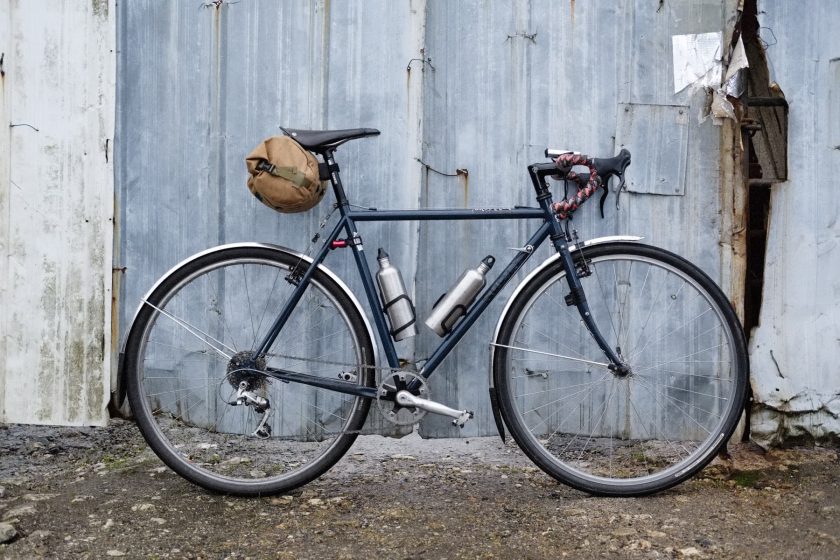



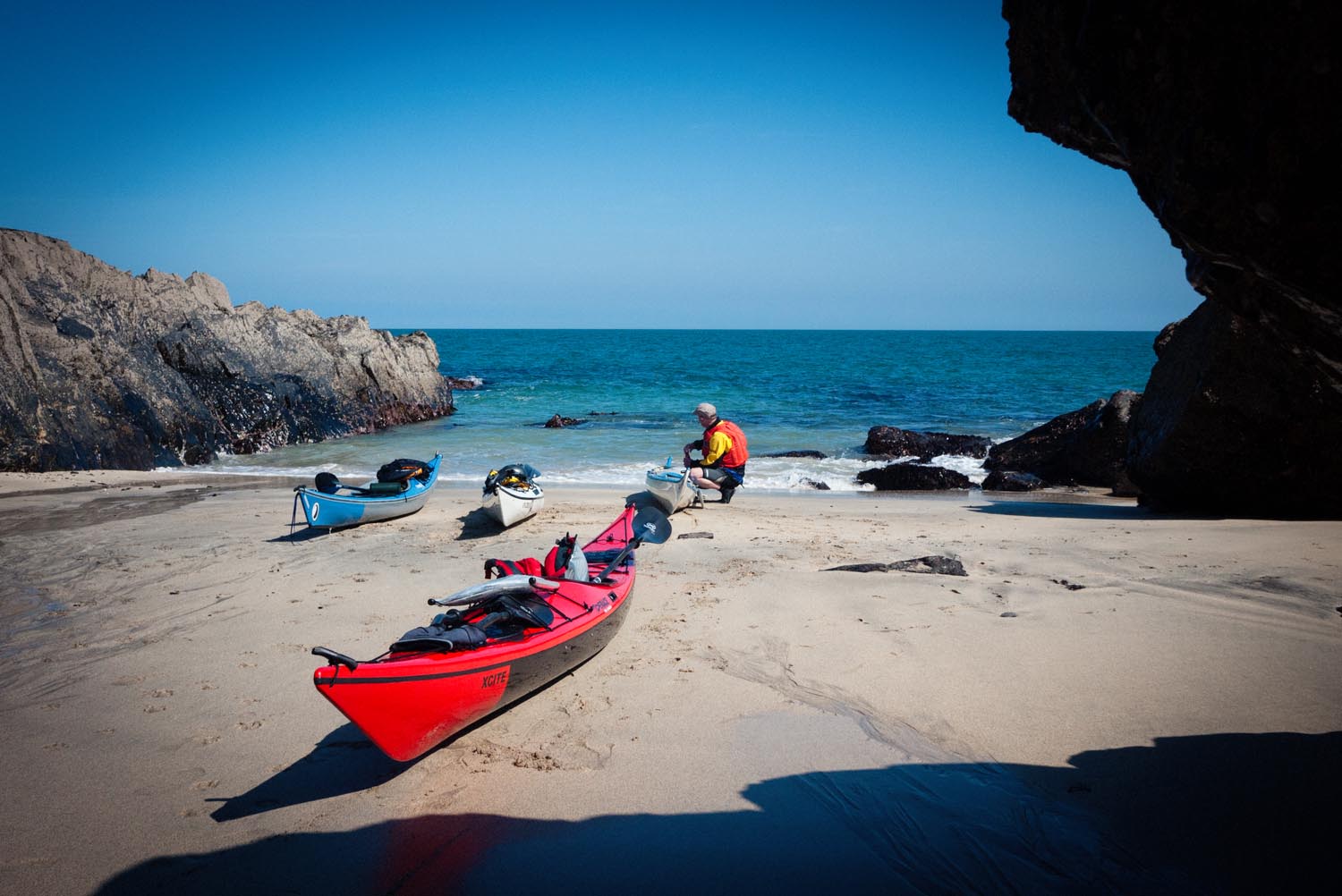
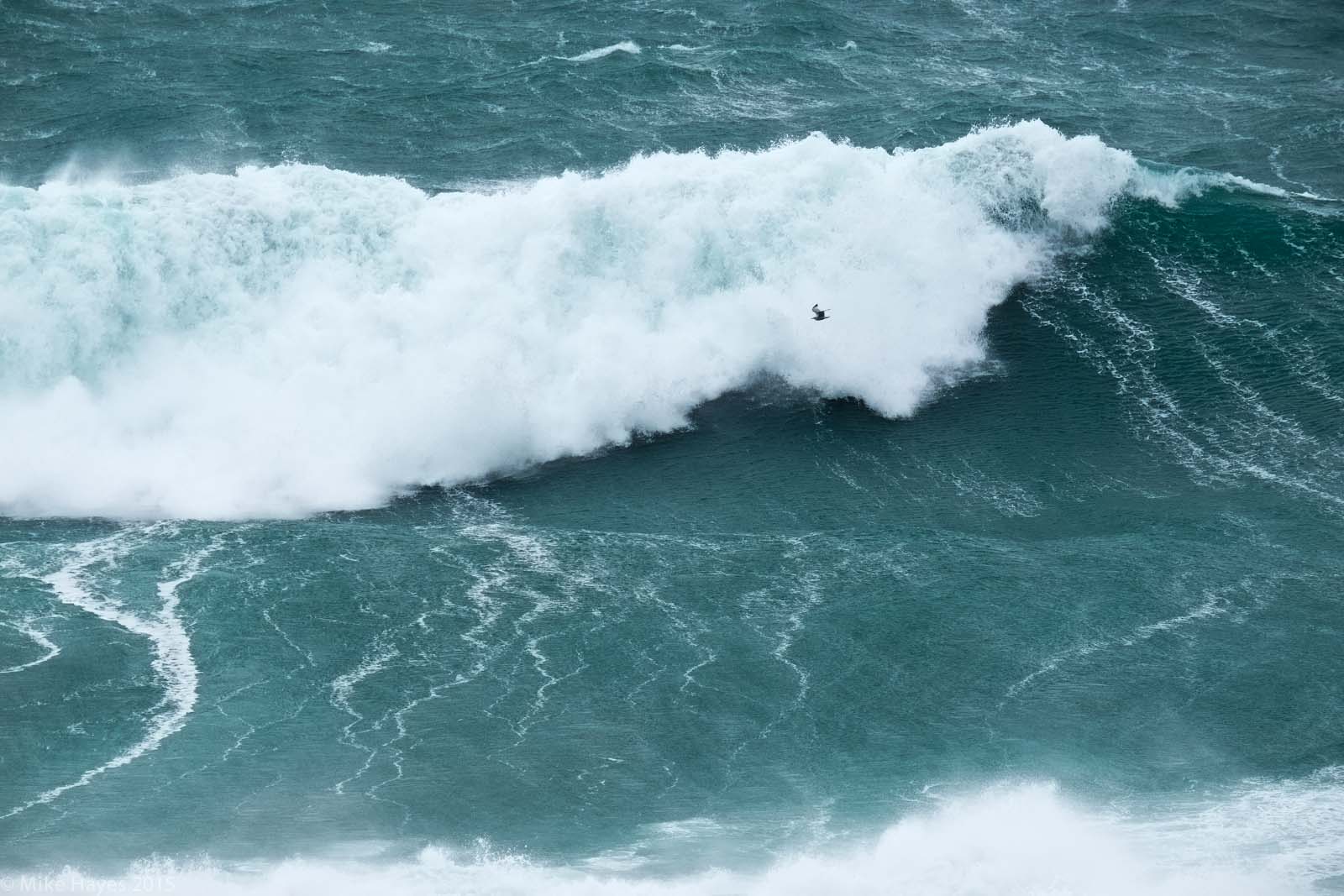
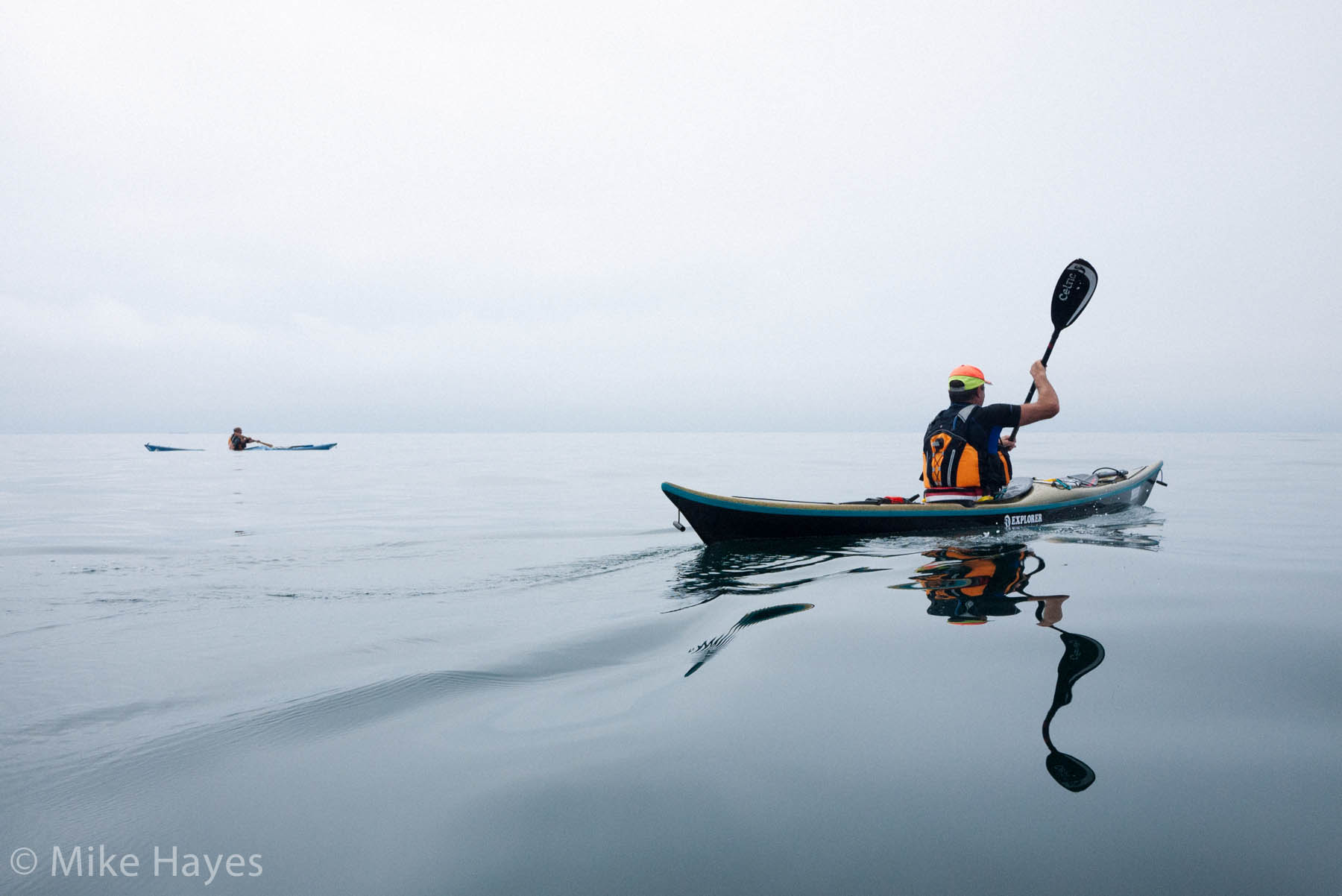
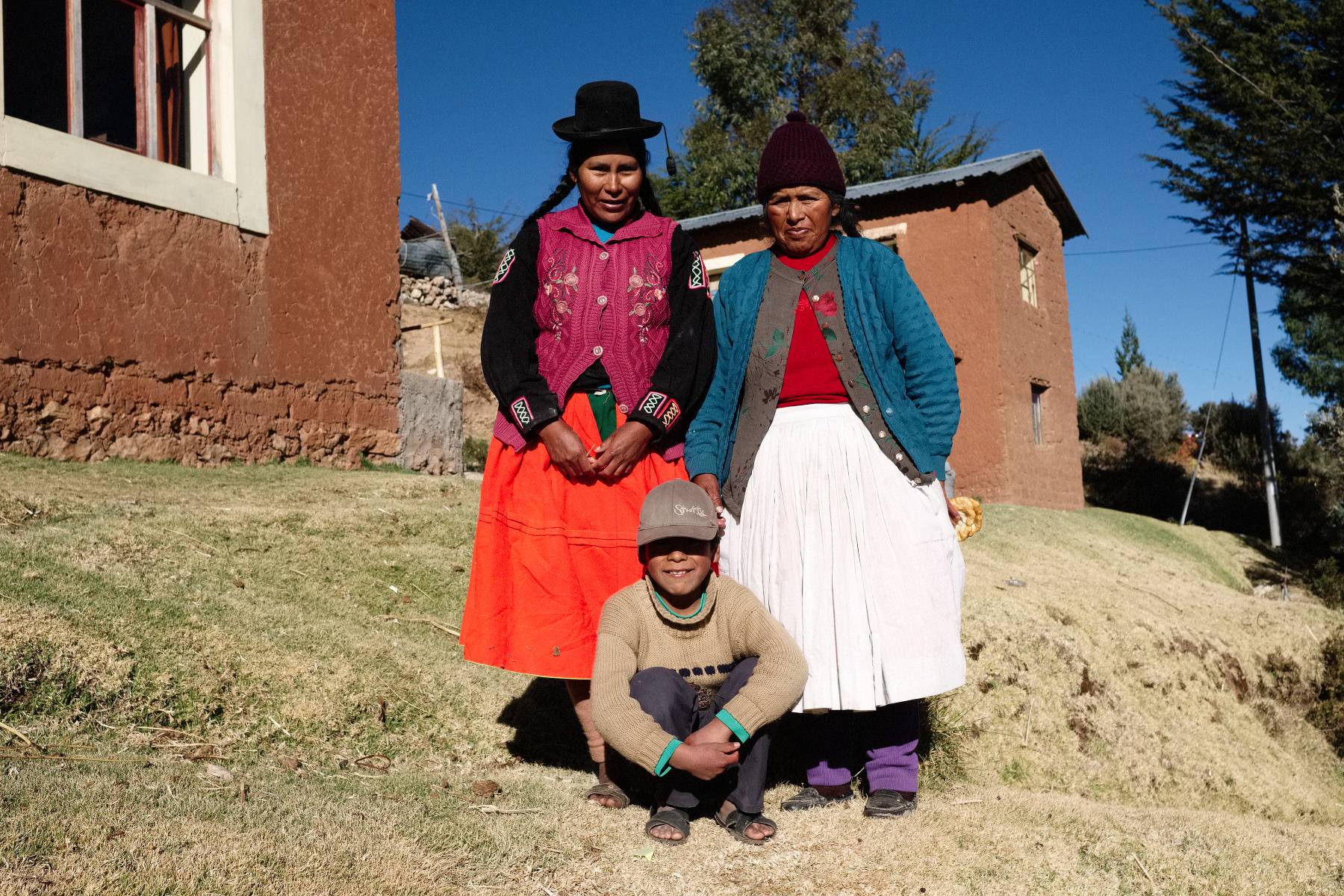
Awesome pictures! My husband is a member of the North East Wales Search & Rescue Team and I have recently started doing some photography for them. Your pictures are therefore super inspirational (to me anyway haha). Remind me – what are you shooting with again? The exercises I’ve shot recently were pretty much held in the dark and hence my low light action shot skills were put to the test. A lot! Have had to show a lot in BW, which isn’t a bad option for night exercises ;) [Well. They’re not in circulation yet. But when they come out some will be black & white :)] Have you ever so slightly edited your pics or are they straight out of camera? They’re fab!
Hopefully your leg will recover in no time :)
haha, thanks for reading and thanks for the great feedback. I’m looking forward to seeing some of your pics. As for my pics.. on the water I use an old micro 4/3 Panasonic GF2 with 14mm prime lens (28mm equivalent) in a cheap chinese waterproof housing (eBay). The body was £80 secondhand so no great loss if, as seems likely, one day it ends up on the seabed. I like the wide angle lens as it gives the pictures lots of ‘immediacy’ as most folk on the water seem to shoot from a distance with a longer lens. It lives in a deck bag mainly to try and keep the lens clear of water while stowed when paddling in rough stuff. I also made a flexible rubber lens hood to fit to the housing to reduce the incidence of splashes on the lens in use. The whole thing is tethered to my kayak with a length of light bungee and a carabiner so if I do have to drop it quickly I hopefully won’t lose it, and bungee so it lets me move the camera around lots without having an excess of stuff to tangle on my deck.
The GF2 produces very flat, low contrast RAW files so all I do is lift the contrast and colour a little (in Lightroom, to try and bring it closer to my favourite film) and adjust the exposure slightly if necessary as often bright sky, dark water can make life difficult with exposure, especially if bouncing around a lot. Sometimes drop in a slight vignette in as well (although the lens hood does that a little anyway), it does a really nice job of reducing the impact of an over-exposed sky as happened quite a lot last night while trying to keep plenty of detail in the subjects, it also does a nice job of subtly focusing the viewer on the subject matter.
Hope that helps!
cheero
m